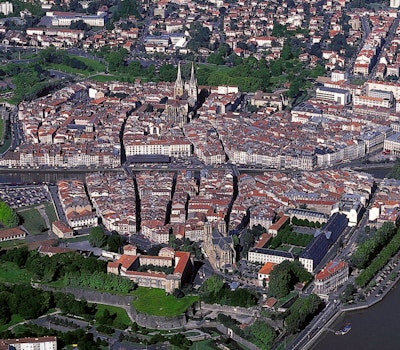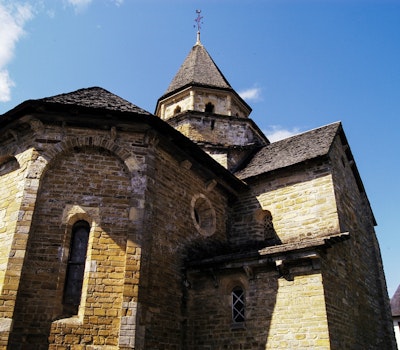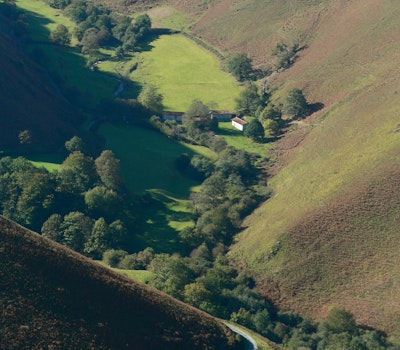Everyone has heard about the Basque Country … But not everyone knows it: it is green, the houses are white with red shutters and roofs. These colours can be found in their flag. The Basques are proud, friendly, reliable and welcoming.
It is a spacious country with its hills and mountains, gorges, caves and canyons. One can admire the beauty of nature in addition to the authentic and original Basque traditions.
A trip through the ‘Gorges de Kakouetta’ or the ‘Holzharté’ suspension bridge gets you acquainted with the versatile nature of the Basque Pyrenees.
Three Basque Provinces
The French part of the Basque country consists of three provinces. The provinces are not recognized by the French state and have no financial or administrative significance but the Basques are proud of their country and its rich history.

Labourd
The ocean has always played a very important role in the historical development of this region. Bayonne is since the 12th century, capital of the province. The Labourd was in 1152 in English hands (after a marriage). The connection with England subsequently lasted three centuries.
The historical and economic importance of the ocean is found back in the diversity of cities and towns along the coast. More on the coast.
Basse-Navarre
Until the end of the 16th century this province of the Basque Country was part of the Kingdom of Navarre. This kingdom had its capital at Pamplona with Saint Jean Pied de Port as a centre. Navarre had already been part of France for two centuries. However the French sovereign’s official title “King of France and Navarre” lasted until the French Revolution (1789).
Saint Jean Pied de Port, a ‘new town’, was founded in the 12th century. In the 13th century the King of Navarre made it into a fortified town. We can still see the impressive walls. Nowadays the town is an important stop on the route of Saint Jacques de Compostella, the city lies on the “via Podiensis” and is the last town before the Pyrenees and the Spanish border.
Saint Palais, also located on the Compostella route, was founded at the end of the 13th century by the king of Navarre. The city was built around the important courthouse and was surrounded by walls and moats.
Soule
Mauleon is the capital of the Soule province, the smallest of the seven Basque provinces. The economy of this province relies mainly on tourism, agriculture (sheep cheese) and small traditional crafts such as the Espadrille factories.
The southern part of the province (Pyrenees) is known for its gorges ‘Gorges de Kakouetta’ at Sainte-Engrâce (beautiful walk through the gorge) and ‘Holzarté’ at Larrau (with the famous “suspension bridge” walk). It is a well known area for Canyoning.









